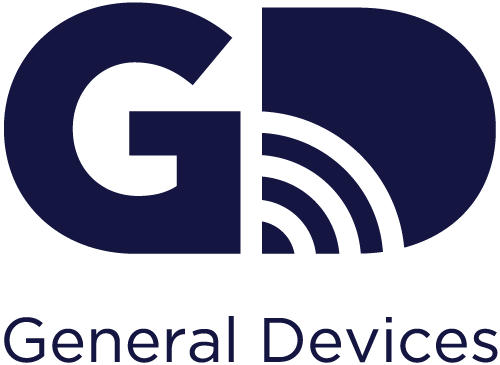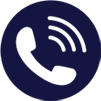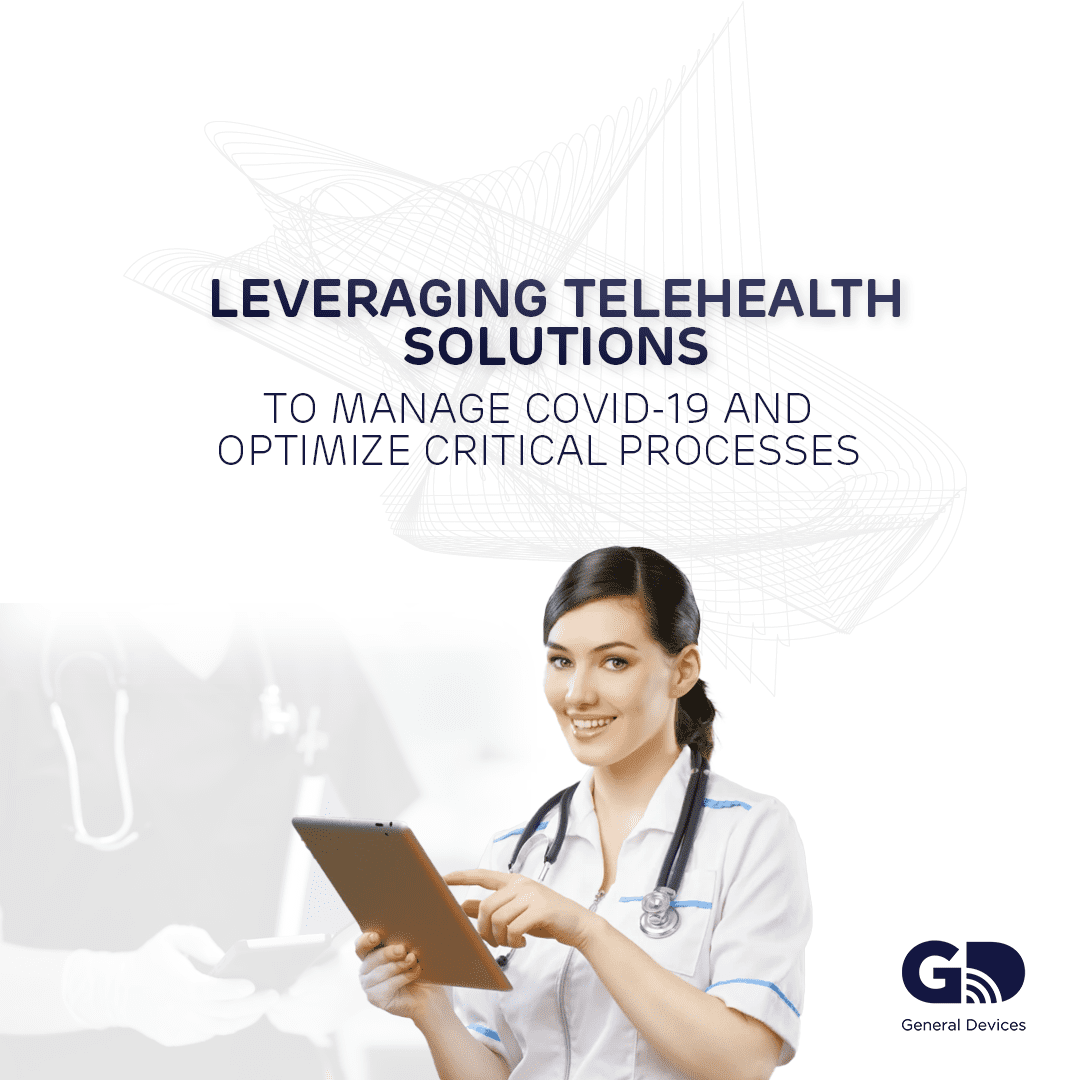Leveraging Telehealth Solutions to Manage COVID-19 and Optimize Critical Processes
Telehealth solutions have been a game-changer across the industry for many healthcare organizations prior to and during the COVID-19 pandemic. When the COVID-19 pandemic hit, telehealth solutions helped first responders and healthcare providers take action to optimize screening, communication, and patient management processes.
Before the pandemic, telehealth capabilities were helpful in optimizing workflow, but the COVID-19 protocols and lockdowns placed an even higher level of importance on remote capabilities. Telehealth tools allow users to easily connect through live video conferencing to help screen patients in the field and avoid direct contact if necessary, critical features when dealing with COVID-19 and other infectious patients.
Optimizing Frontline Workflow with Telehealth Solutions
Prior to advanced telehealth broadband solutions, EMS providers in the field could only communicate with hospitals by voice via radio or phone. This came with a host of limitations on communication, data transmittal, and care team mobilization. Because of the limited coverage range of radio transmissions, EMS teams often could not communicate with the hospital until they were about 5-10 minutes out, which created significant obstacles. Integrating telehealth systems can streamline communication with cellular or wifi-enabled broadband, offering a vast improvement in information exchange aimed at patient care.
Thanks to advances in telehealth systems, EMS can now update the entire care team simultaneously and in real-time, significantly reducing the number of phone calls between clinicians. These features are the most beneficial in time-sensitive situations when the team needs to send a critical alert, like a STEMI, to the hospital and can do so while still inside of the patient’s home. The ability to share files allows the care team to view reports like an ECG ahead of time and can activate teams on-site before EMS leaves the scene. These modern features optimize information exchange and can significantly decrease critical life-saving metrics like first contact to balloon or door to balloon times.
Telehealth solutions allow the EMS team in the field to securely transmit critical patient data like:
- Demographics
- Narrative
- EKGs
- Real time GPS enabled ETA
- Live video conferencing / Medical Direction
Gaining Critical Buy-In
Once a telehealth system has been integrated, the efficiencies speak for themselves. However, it is understandable that some teams may be resistant to a change in processes. In order to gain initial buy-in from important stakeholders, it is helpful to recruit physicians as champions to broker relationships with ED leadership and other physicians. Speaking to improved life-saving metrics, assembling a strong team to highlight victories, and appointing a dedicated physician champion to drive the process can help ease resistance to change. After seeing the improved patient times and record-setting metrics, even the most resistant physicians will get on board!
Protecting Patients Through Robust Cyber Security
While the benefits of a telehealth system are undeniable, it is critical to protect clinical data from cyber-attacks by securing your organization’s network, devices, and software. All HIPAA-covered entities must take the necessary measures to protect the privacy and security of their patients’ PHI.
It is imperative to engage a trusted partner that can help identify and mitigate cybersecurity risks to ensure that all devices in the field are secured. The top priorities of a security system and plan are the ability to:
- Remote wipe lost and tablets and phones
- Detect vulnerable devices
- Block access to inappropriate apps/websites
- Simple to deploy/manage
- Protect from malware and phishing attacks
Tracking user compliance and addressing vulnerabilities in real-time should be a regular practice. With a robust security system and partner, you can rest assured that all of the devices that have data are secured, and more importantly, that your patients are protected.
Leveraging innovative telehealth solutions can optimize EMS, fire, and healthcare workflow to ultimately enhance patient care. As the industry adapts to the post-pandemic world, telehealth capabilities and its many benefits will continue to be a key piece of the puzzle. Many critical care pathways can be optimized through telehealth solutions, providing teams with the tools for effective and efficient communication can improve life-saving metrics for patients and allows them to give the best possible care. The ultimate goal is to optimize processes, reduce time to treatment for patients, and provide opportunities for better outcomes.
About GD (General Devices)
Founded in 1979, GD is a Ridgefield, NJ-based provider of mobile telemedicine and telehealth solutions that help first responders, medical facilities, and community paramedicine providers deliver smarter, expedient patient care. Powered by responsive innovation, GD’s user-friendly communications solutions facilitate secure, mobile communications and rapid data sharing across acute and non-acute care teams to help save time—and lives. Backed by a 40-year history and hundreds of implementations, GD is a widely revered industry leader.
For more information, visit the GD website, Twitter, LinkedIn or Facebook.


